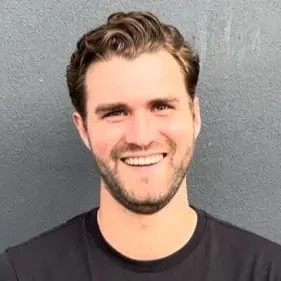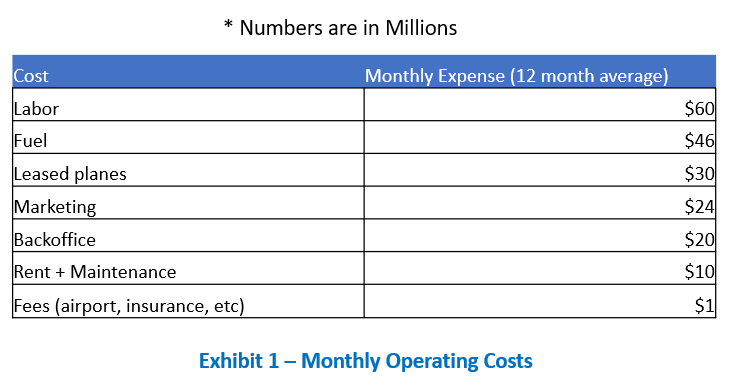Learn the case interview basics, practice with 200+ cases, and benefit from extensive test materials, and interactive self-study tools.
Sky China, a government-backed Chinese airline, has recently seen profits plummet due to COVID-19. Profits are down 80% in the months of February and March, but are showing early signs of a rebound in April.
They've brought you in to first investigate what can be done immediatedly to prevent hemorrhaging cash and surive in the short-term. They are also looking to see how the current situation can be viewed as an opportunity, and what can be done to prepare for the future.
Case Comments
I. Cost cutting - Airline Cost Brainstorming
I. Cost cutting - Cost Drivers – Possible Cost Cutting
I. Cost cutting - Cost Reduction Estimations
I. Cost cutting - Cost Reduction Calculations
II. Revenue fixes (including Future Plans)
8.0k
Times solved
Intermediate
Difficulty
Do you have questions on this case? Ask our community!






